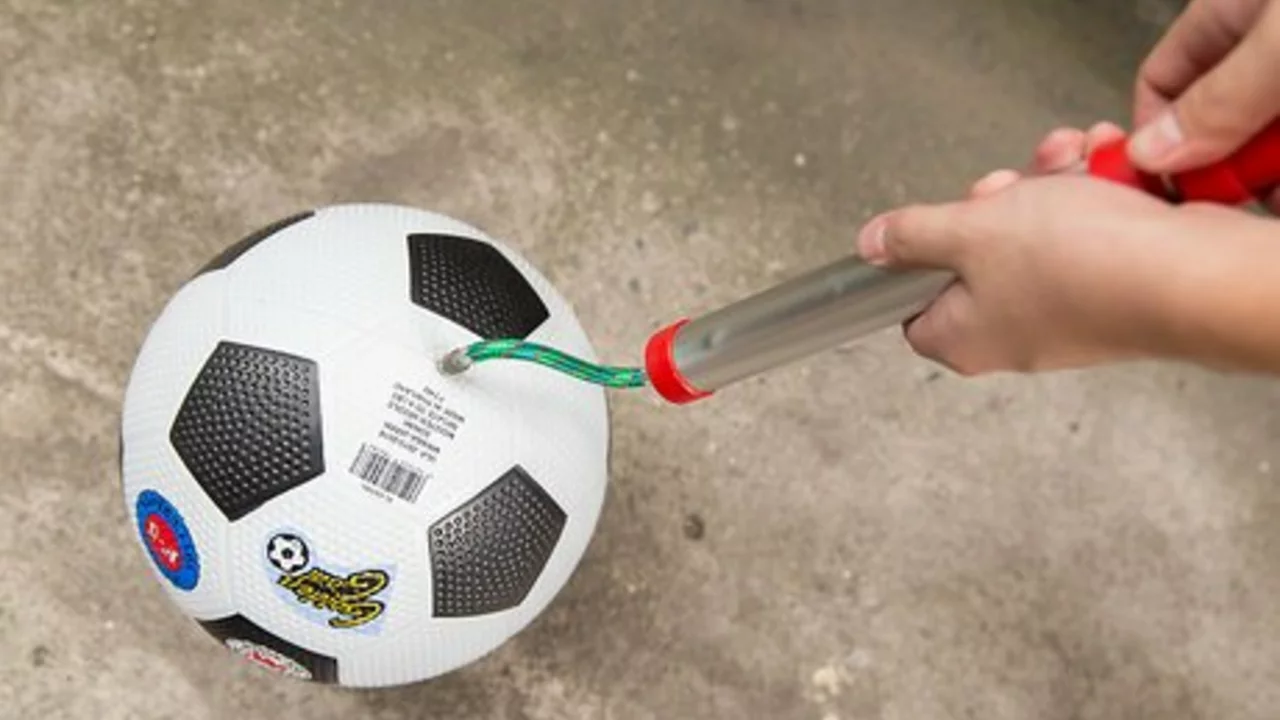Ball Inflation – How to Get the Right Pressure Every Time
Ever wonder why some games feel off because the ball is too soft or too hard? The secret is simple: proper ball inflation. Getting the right pressure makes the ball bounce true, roll straight, and feel comfortable under your foot. In this guide, you’ll learn exactly what you need, how to check pressure, and how to avoid the most common mistakes.
Tools You Need for Accurate Ball Inflation
The first step is having the right gear. A good quality hand pump with a built‑in pressure gauge is the cheapest and most reliable option. If you prefer a foot pump, make sure it also shows PSI or bar readings. A separate pressure gauge can be handy if your pump lacks one. Finally, grab a needle adapter that fits soccer balls – most pumps come with a universal set.
Step‑by‑Step Inflation Process
1. Know the ideal pressure. Size 5 balls (the adult standard) usually need 13–16 psi (0.9–1.1 bar). Size 4 (youth) aims for 12–14 psi, and size 3 (mini) about 10–12 psi. Check the ball’s label for exact numbers.
2. Insert the needle. Moisten the needle with a bit of water or saliva. This prevents the valve from tearing. Push the needle straight into the valve until you feel a slight click.
3. Pump slowly. Watch the gauge as you add air. Stop as soon as you hit the lower end of the recommended range. It’s easier to add more later than to let out air.
4. Test the feel. Press your thumb into the ball. It should give a bit but feel firm. If it feels squishy, add a few more psi; if it feels rock‑hard, release a little air.
5. Seal and store. Withdraw the needle gently, making sure the valve closes tight. Store the ball in a cool, dry place – heat expands air and can overinflate the ball over time.
Now you’ve got a perfectly inflated ball ready for training or match day.
Common pitfalls include overinflating (which makes the ball bounce too high and can damage the seams) and underinflating (causing wobble and extra friction). Another mistake is using a pump without a gauge – you might think it’s full when it’s not.
If you don’t have a gauge, the “finger test” works as a rough check: press the ball with your thumb; it should feel firm but not unyielding. Still, a gauge is the most reliable method.
In hot weather, re‑check pressure before you play. A ball can lose a couple of psi just from sitting in the sun. Likewise, after a game in cold conditions, give it a quick check – cold air contracts and reduces pressure.
Keeping your ball at the right pressure not only improves performance but also extends its lifespan. A properly inflated ball puts less strain on the stitching and the outer cover, reducing the chance of cracks or leaks.
So next time you grab a ball, spend a minute on inflation. It’s a small step that makes a huge difference on the pitch.
